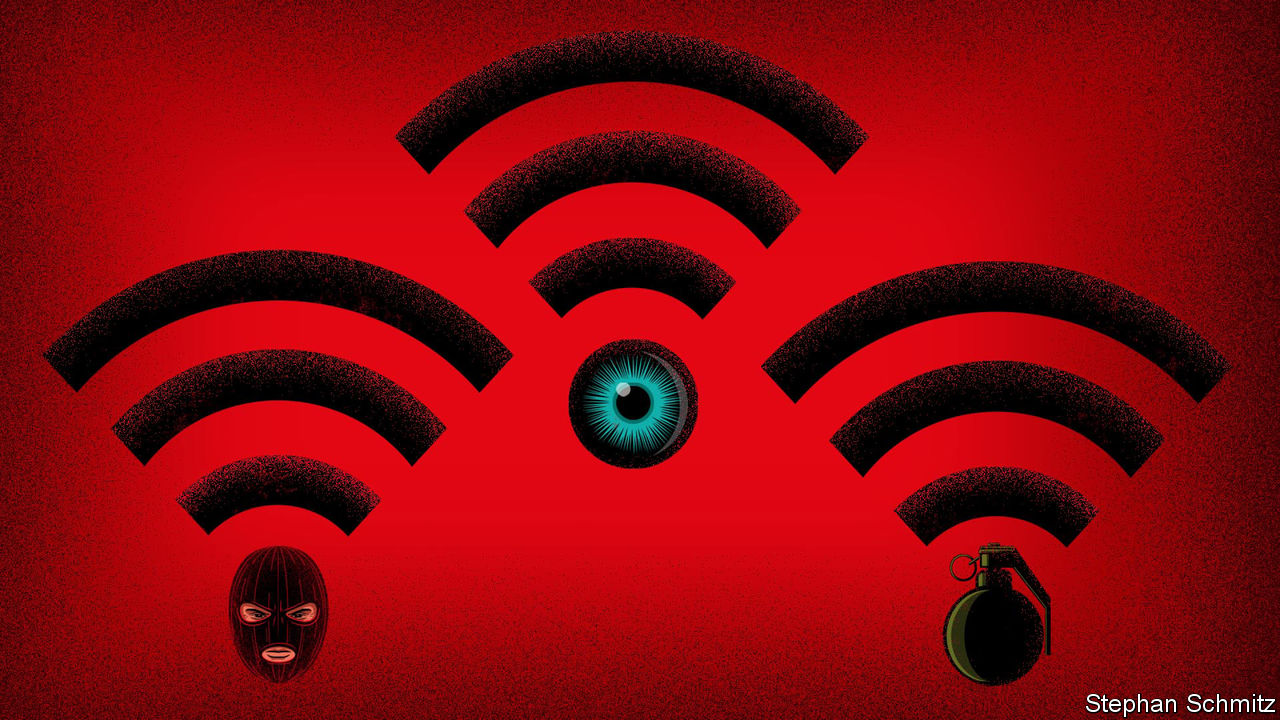The Evolution of Network-based Advanced Malware Analysis in South Korea
Tracing the Progress: The Evolution of Network-based Advanced Malware Analysis in South Korea
South Korea, a global leader in technology and innovation, has been at the forefront of the evolution of network-based advanced malware analysis. This journey, marked by significant milestones and breakthroughs, has been driven by the country’s commitment to cybersecurity and its strategic approach to combating cyber threats.
In the early 2000s, South Korea began to recognize the growing threat of cyber-attacks and the need for robust cybersecurity measures. The country’s initial response was to develop basic antivirus software and firewalls. However, as cyber threats became more sophisticated, it became clear that these traditional security measures were insufficient. This realization led to the development of more advanced malware analysis techniques.
The mid-2000s saw the introduction of network-based advanced malware analysis in South Korea. This approach involved the use of advanced algorithms and machine learning techniques to detect and analyze malware in network traffic. This was a significant step forward, as it allowed for real-time detection and analysis of malware, greatly enhancing the country’s ability to respond to cyber threats.
In the following years, South Korea continued to refine and improve its network-based advanced malware analysis capabilities. The country invested heavily in research and development, leading to the creation of more sophisticated algorithms and machine learning models. These advancements allowed for even more accurate and efficient detection and analysis of malware.
In addition to technological advancements, South Korea also made significant strides in terms of policy and regulation. The country implemented stringent cybersecurity laws and regulations, which mandated the use of advanced malware analysis techniques in certain sectors. This not only helped to further drive the development and adoption of these techniques but also ensured that they were used effectively and responsibly.
The past decade has seen South Korea emerge as a global leader in network-based advanced malware analysis. The country’s advanced malware analysis techniques…



